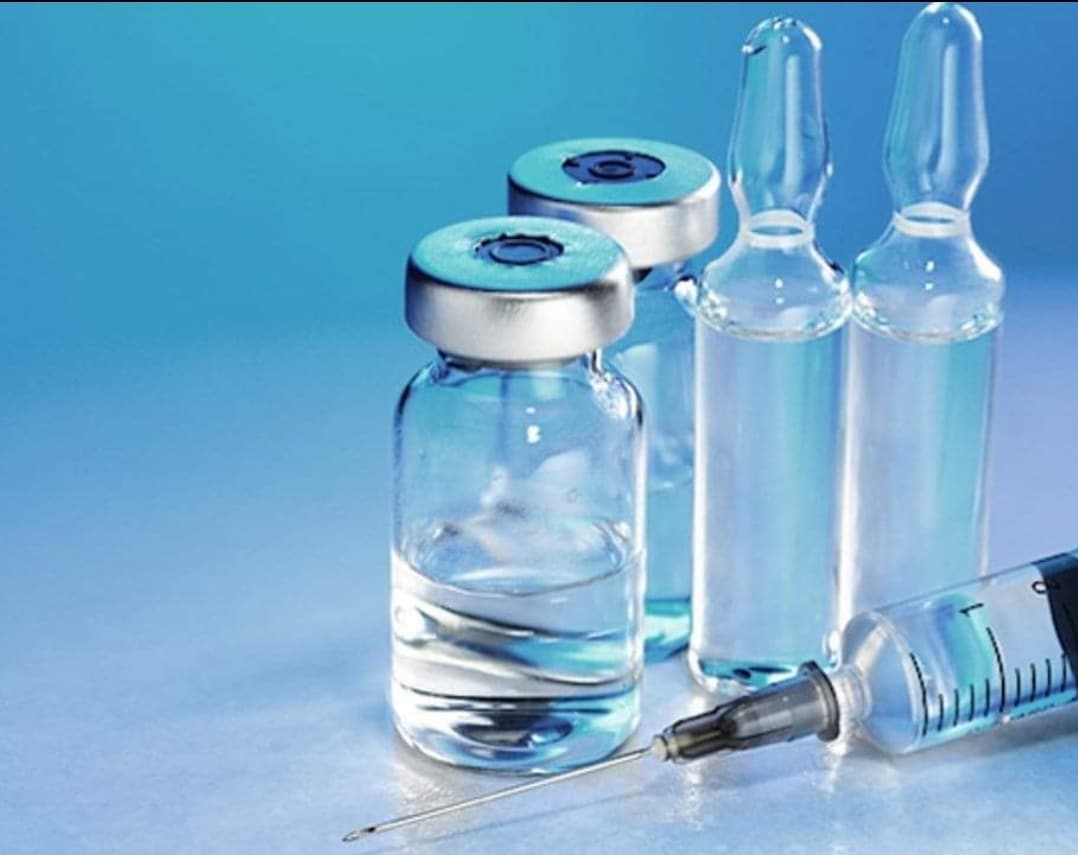USP Hold Time Study Testing of Parenteral Samples
The United States Pharmacopeia (USP) holds a pivotal role in ensuring that pharmaceutical products meet the highest standards of quality and safety. The USP Hold Time Study is specifically designed for parenteral samples, which are medications intended to be injected into the bloodstream or other body cavities. This test evaluates the stability and integrity of these injectable formulations over time.
The primary focus of this study is to determine the shelf life of a drug product by assessing its stability under various storage conditions. The hold time period refers to the duration during which the sample must be stored at specific temperature and humidity levels before testing can begin. This ensures that any potential degradation or instability due to environmental factors occurs naturally, providing more accurate data for long-term product performance.
Parenteral products are subject to stringent quality control measures because they are directly administered into a patient’s body. Any imperfections could lead to serious health risks. By adhering strictly to the USP guidelines, laboratories ensure that these medications remain safe and effective throughout their shelf life. This process involves rigorous testing protocols aimed at detecting even subtle changes in the formulation.
The testing procedure typically follows these steps: first, the sample is prepared according to standardized procedures provided by the USP. Next, it is stored under controlled conditions for a specified hold time period, which can vary depending on the specific requirements outlined in the relevant section of the USP monograph. Upon completion of this phase, the samples are tested using appropriate analytical methods prescribed by the USP.
One of the key aspects of this study is understanding how different storage conditions affect the stability of parenteral products. Temperature and humidity play crucial roles in determining whether a drug retains its efficacy over time. Therefore, precise monitoring during the hold time period is essential to obtain reliable results.
Another critical factor when conducting USP Hold Time Studies is selecting appropriate analytical techniques. These methods should be capable of detecting even minor deviations from the expected quality attributes without compromising the integrity of the sample. Commonly used tools include high-performance liquid chromatography (HPLC), gas chromatography-mass spectrometry (GC-MS), and Fourier transform infrared spectroscopy (FTIR). Each method offers unique insights into specific components or overall composition changes within the drug substance.
It is important to note that while all these factors contribute significantly to accurate results, proper sample preparation cannot be overlooked. Correctly handling and processing raw materials according to established procedures ensures consistent outcomes across multiple batches of products being tested. Additionally, maintaining accurate records throughout every stage of the process helps maintain traceability and compliance with regulatory requirements.
Understanding the importance of USP Hold Time Studies for parenteral samples allows stakeholders such as quality managers, compliance officers, R&D engineers, and procurement personnel to appreciate their significance in ensuring reliable data on product performance. Proper execution of these studies contributes directly towards enhancing public trust in pharmaceutical products by confirming they meet rigorous standards set forth by regulatory bodies like the USP.
Benefits
- Promotes Safety: Ensures that parenteral medications remain safe and effective throughout their shelf life, minimizing risks associated with improper storage conditions.
- Enhances Accuracy: Provides reliable data on product stability through rigorous testing protocols aligned with USP guidelines.
- Facilitates Compliance: Helps laboratories stay compliant with regulatory standards, thereby reducing potential legal issues and enhancing reputation.
- Informs Formulation Adjustments: Identifies any necessary modifications to improve shelf life or enhance stability of parenteral products.
By incorporating USP Hold Time Studies into their quality assurance programs, pharmaceutical companies can significantly bolster confidence in the safety and efficacy of their injectable formulations. This ultimately contributes to better patient outcomes while upholding industry best practices.
Industry Applications
The application of USP Hold Time Studies extends beyond just ensuring compliance; it plays a vital role in various aspects of pharmaceutical development, manufacturing, and distribution:
- New Drug Development: Early-stage studies help identify optimal formulation parameters that enhance product stability.
- Manufacturing Optimization: Continuous monitoring ensures consistent quality during large-scale production runs.
- Distribution Logistics: Understanding how temperature variations impact shelf life allows for more efficient cold chain management strategies.
- Market Expansion: Meeting stringent international standards builds credibility and opens doors to new markets.
In summary, USP Hold Time Studies are indispensable tools in the pharmaceutical industry. They contribute not only to regulatory compliance but also to innovation, efficiency, and trustworthiness across all stages of product lifecycle management.
Why Choose This Test
- Precision: Highly accurate results due to strict adherence to USP guidelines and advanced analytical techniques.
- Reliability: Consistent outcomes across multiple batches, ensuring dependable data for decision-making purposes.
- Compliance: Ensures full adherence to regulatory requirements, helping prevent costly penalties or recalls.
- Expertise: Leveraging experienced professionals who specialize in pharmaceutical testing adds value through specialized knowledge and best practices.
Choosing USP Hold Time Studies for parenteral samples offers significant advantages over other methods. It ensures that manufacturers produce safe, effective medications consistently meeting the highest standards of quality control.





